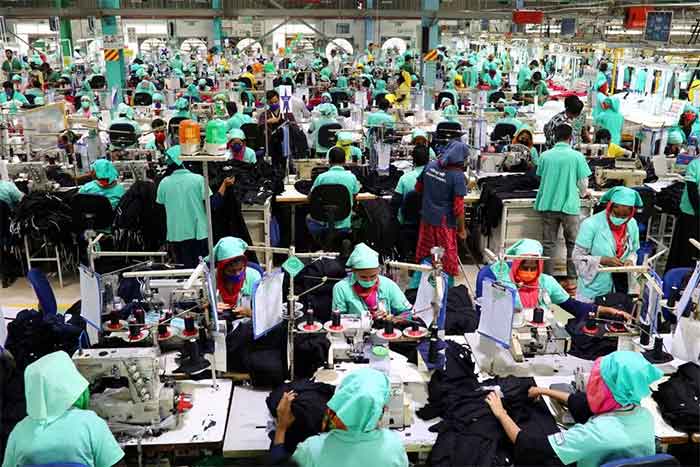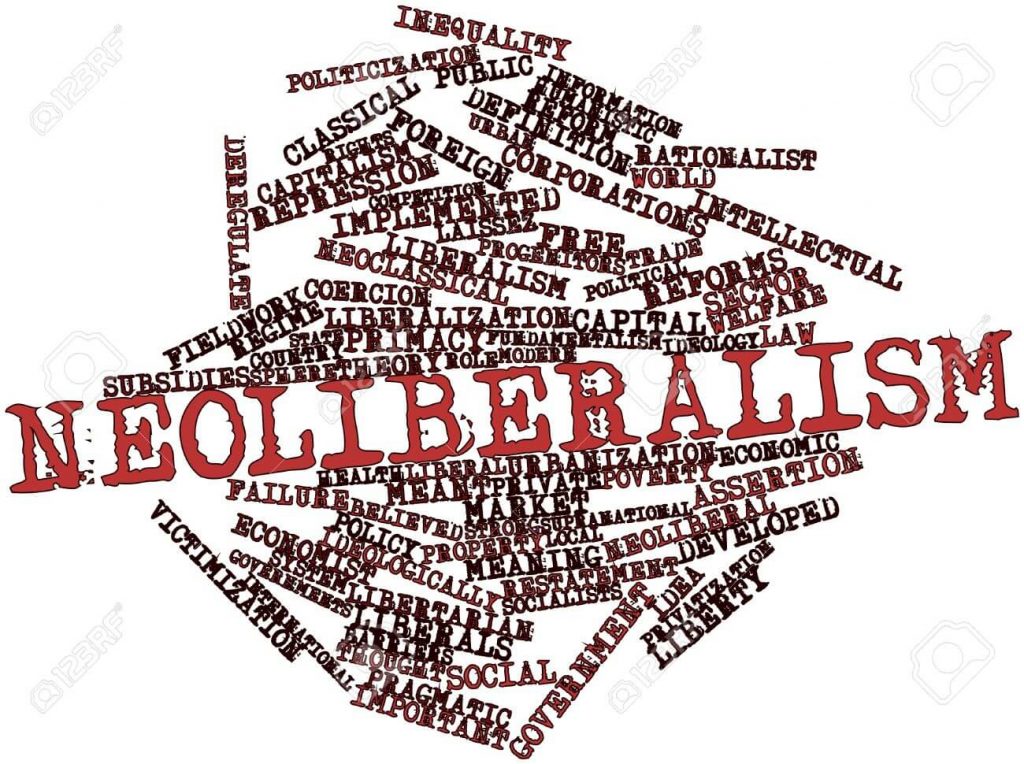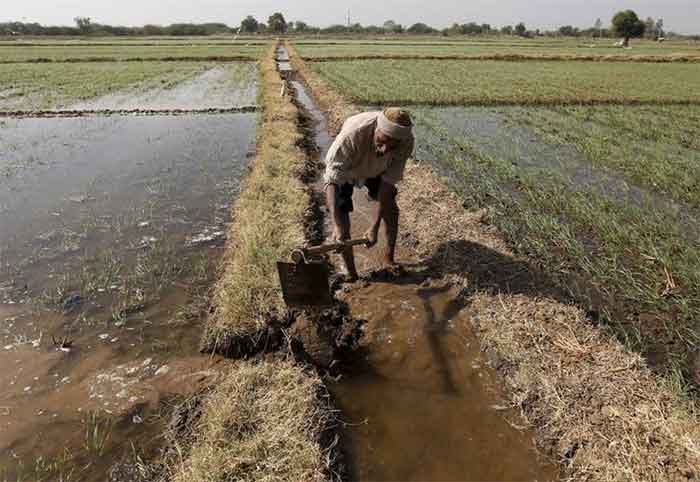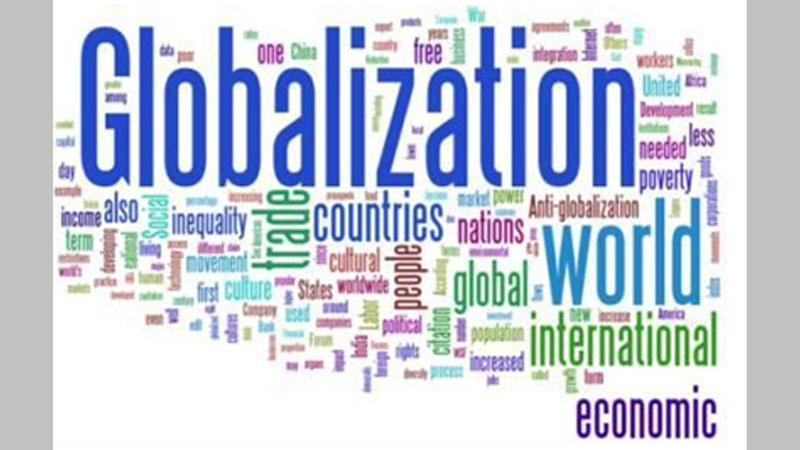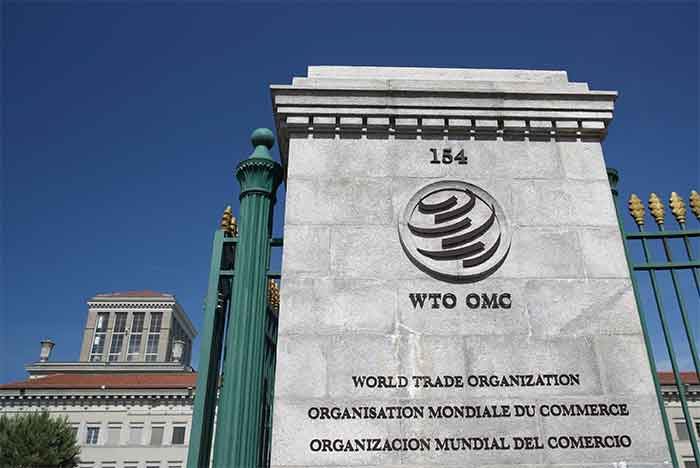
I remember when my small town lost its last family owned and run pharmacy — a beautiful, old, turn of the century store and a high quality company that the family had managed over four generations of pharmacists. In fact, the pharmacist-owners had loved their jobs and helped each other in work while simultaneously knowing most of their long-standing customers and employees as friends, and neighbors. So they all together helped make for a tightly knitted, integrated and caring community.
The business was a grand adventure year in and year out spanning several generations of time: For instance, the family would hire locals to work at the store, including teens in the summer when there were no school classes and after school who would, then, grow up, have families and send their own teens there to work. It became even quite a family tradition — a rite of passage if you were — to enter teenage life while proudly having one’s first job at such an upbeat family business at which one’s own parent and possibly grandparent had proudly worked!
Meanwhile, the owners, also, would personally deliver medicine and over the counter goods at no charge — gladly doing so especially for elderly people and mothers at home with sick children (i.e., bringing them diapers, bottle formula, infant cough syrup, etc.). In fact, they did so even during white-out snow blizzards!
On pharmacy drugs, though, the family, eventually, got to the point that it couldn’t compete with companies like CVS and Walgreen’s — huge nationwide chains that would negotiate as a block conglomeration over base prices with the drug companies. So the family, finally, was forced out of business and the last family pharmacist in the workforce was employed, you guessed right, at a reduced salary at a chain store while his elderly father, who had cheerfully worked part time now and again, sadly, retired.
I remember, too, the last hamburger and hotdog holes-in-the-wall, “mom and pop” restaurants, in my town that couldn’t hold up against the fast food chains like MacDonald’s and Burger King …
Watching the trend for a long time, it seems to me that nearly all areas of work, eventually, get to a large degree commodified and corporatized. Indeed the alienating process includes, ice cream stands, lumber companies, butcher shops, hardware stores, office supply marts, supermarkets and the like.
In the end, it’s too bad that that drift continues to happen in both highly (overly) developed lands like the USA and India just beginning to have widely this unfortunate form of ugliness ( written about here: Corporatisation: Destroying Rural Economy) in which even the workers, themselves, often are commodified. Yes, they are often just seen as mere objects whose main purpose is to simply generate as much funds for owners, and whose salaries often are incredibly low in comparison to the (often never present) owners.
Fortunstely, our “mom and pop” businesses, when they were in operation, paid locals a living wage rather than close to the bare minimum — a modicum that many of the corporations dole out to workers while sucking up huge profit margins into centralized company coffers. So, of course, that means that the money leaves local circulation amongst workers in various small towns or cities and goes to far away locations to be distributed from there to corporate owners, way upper management and stockholders.
Further, the entire processes, inevitably, impact the gini coefficient as is seen at Household income Gini Index U.S. 2021 – Statista:
U.S. household income Gini Index 2990-2021. In 2021, according to the Gini coefficient, household income distribution in the United States was 0.49. This figure was at 0.43 in 1990, which indicates an increase in income inequality in the U.S. over the past 30 years.Sep 30, 2022
Meanwhile according to McDonald’s Gross Profit 2010-2022 | MCD – Macrotrends:
McDonald’s gross profit for the quarter ending September 30, 2022 was $3.446B, a 0.43% increase year-over-year. McDonald’s gross profit for the twelve months ending September 30, 2022 was $13.059B, a 7.93% increase year-over-year. McDonald’s annual gross profit for 2021 was $12.58B, a 29% increase from 2020.
For a contrast to such profitability, check out this fact from
Minimum Wage | U.S. Department of Labor:
The federal minimum wage for covered nonexempt employees is $7.25 per hour.
As
Tarun Kumar writes inCorporatisation: Destroying Rural Economy:
If the corporate control the large part countries of production this would be the bigger challenge for the lower income groups. Therefore, we need to standup together to stop this corporatisation if we want to live with dignity. This is alarming situation as situation reached the now or never stage, so we have to come together to raise the voice against increasing corporatisation. And demand should be raise for new laws to provide financial and social security to the villages of India.
I, myself, wholeheartedly agree with Toruń and wrote in
Conflicts Over Resources:
… [the] most central purpose is to maximize profit for upper management and company owners at the expense of everything and everyone else (meaning the environment from which their provisions ultimately derive, the measly paid workers and the overcharged purchasers who have been manipulated, by advertisements, into thinking that they just have to have new fashions, face wrinkle cream, an ego-enhancing luxury car and/or whatever else is coveted in order to be happy). What a racket!
In other words, industrial globalization operates out of a system that harms the landscape, inhumanely preys on lower income workers (i.e., ~ $1.50/ day or so salary per worker to make WalMart jeans in Nicaragua) and takes advantage of the middle class (i.e., the jeans are sold for ~ $30.00/ pr. or so in stores). Meanwhile, the obvious outcome of this combination is assured — huge windfalls being reaped by the (often nonworking) stockholders and owners of transnational businesses.
However, the Waltons (the WalMart family, with its assets consisting of $77.9 billion in 2006 and likely more gain now) are not alone in perpetuating this unconscionable pattern of extracting ever more goods from an overwrought earth while oppressing many people. Exxon-Mobile, Nike, Disney, Gap, Starbucks and ever so many other companies and their gluttonous owners, clearly, follow suit.
One needs just to follow the money trail to see who is involved and with which business conglomerates. **** In any case, the whole backdrop is hardly a means for creating a sustainable future! So this rapacious taking of ever more needs to stop and stop NOW!
Meanwhile and most worrisome is that most people are dependent on this capitalist model to provide for their livelihoods and majority of income, as well as, indirectly, their food, clothes, homes, energy to drive to and from places of work and more benefits. So what will we use if the last remaining stands of trees are cut down for fuel, toilet paper, advertisement flyers and new kitchen cabinets?
Conversely, what will the workers reliant on wood products do when they are told that they cannot cut the last few remaining forests? How will we stock our cabinets if the last fish are plucked from the oceans and farms are all but finished due to the effects of global warming, bee collapse syndrome, Avian bird Flu, Mad Cow Disease, Swine Vesicular Disease and other factors?
Conversely, what will the displaced workers do, who once worked in food provision organizations? What will happen when the oil, coal and many other major energy sources simply disappear and renewable sources are insufficient to carry the energy load that we minimally require?
Well, these days, I, certainly, know about whom will not worry when that happens and it’s, certainly, not the average low wage worker in the USA …
Excerpted from
Top 10 Wealthiest Families in the World – Investopedia:
Which 10 Families Are the Wealthiest?
The top 10 richest families in 2022 by estimated wealth are:
- The Walton family with $224.5 billion
- The Mars family with $160 billion
- The Koch family with $128.8 billion
- The Al Saud family with $105 billion
- The Hermès family with $94.6 billion
- The Ambani family with $84.6 billion
- The Wertheimer family with $79 billion
- The Cargill, MacMillan family with $65.2 billion
- The Thomson family with $53.9 billion
- The Hoffman, Oeri family with $45.1 billion1
Who Are the Wealthiest People in the World?
The top three wealthiest people in the world as of Dec. 6, 2022 are Tesla CEO Elon Musk, LVMH chairman Bernard Arnault, and chairman of the Adani Group Gautam Adani.
The Bottom Line
This list may read as a naked celebration of wealth at a time of rising global inequality and a vanishing middle class. It may also be seen as condoning heedless consumption at a time when the future of wealth itself is in question. Moreover, the focus on families means the list doesn’t include the world’s three richest individuals.
Sally Dugman is a political commentator

